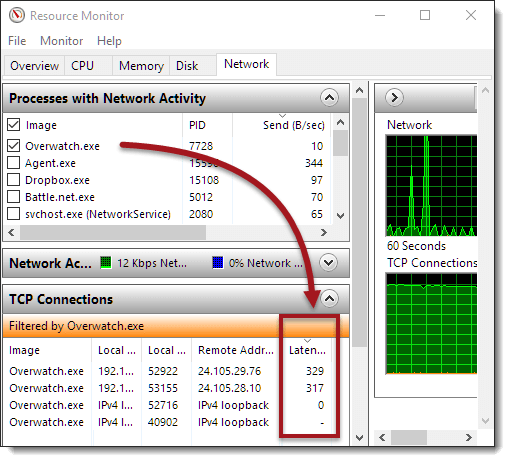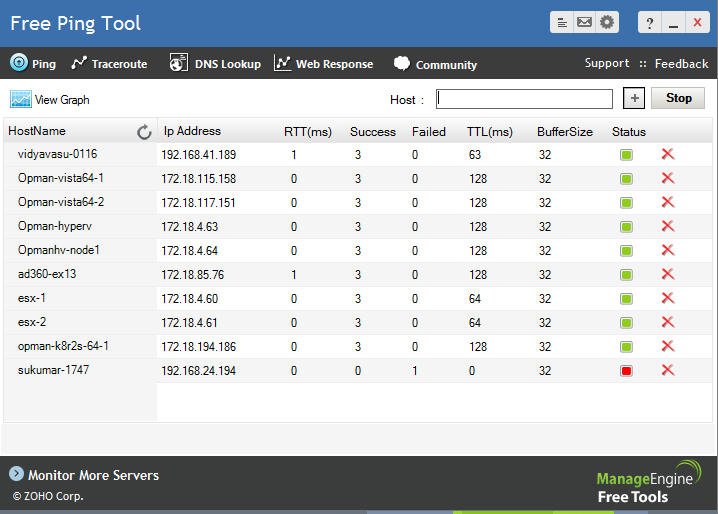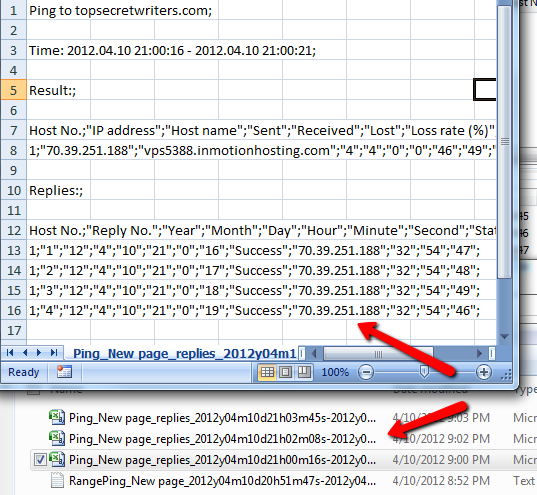

As long as a student interacts with the web page, and as long as they refresh or close the tab, we would expect the Ping activity to be posted back successfully and inserted into the database. With Ping, the data gets pushed back only when the page is unloaded, with the web server storing a cache that gets written back in batch to the database.Google Analytics works on page load while Ping works on page unload, and unlike GA, a Ping hit isn't triggered until a student interacts with a page that has the Ping script embedded (for example, there is a touchmove, mousemove, click, or a keyup).However, the methods used for doing so are different enough that Ping hits may not correspond to pageviews in Google Analytics. Like Google Analytics, Ping sets a cookie, records web accesses, and sends the data to a secure server. Ping provides querying and reporting on a user-by-user basis.Ping provides a view of the web accesses on a user-by-user basis.Ping uses the profile data from a web access to find matching profile data in authenticated events (email opens, clicks, and application page logins) and to associate the web accesses to a specific user based upon this matching profile data.Ping differs from general analytics services that are intended to provide only aggregate information, in that:

Ping enables accesses associated with a specific cookie or IP address to be associated with other activities or profiles similarly identified.Ping enables an authorized user to query or report against this data.Ping sends this data to a secure server.Ping sets a cookie and records web accesses, including the page URL, IP address, browser, and cookie.In many regards, Ping is similar to Google Analytics or any other analytics service. While the initial web page access would not be identifiable at that point in time, when the authenticated event was recorded, that same initial web page access could be identified back to the specific user. For example, a user might access a financial aid web page as their first interaction with Ping or with Slate, and then, a month later, click a link in an email message. The authenticated event does not need to precede the web access recorded by Ping. However, when combined with the data from email opens, clicks, and portal logins, all of which are associated with a specific recipient or user in Slate (an "authenticated event"), accesses through Ping that might otherwise be unidentifiable can be identified to a specific user.

In the case of a Ping web access when a user is not logged in, the IP address and unique cookie alone (without any other data) would be insufficient in identifying a specific user in Slate. When a user logs in to Slate, this IP address and unique cookie are also captured and stored. When a user opens an email sent through Slate or clicks on a link sent by email through Slate, this IP address and unique cookie are also captured and stored. In some cases, the user may already be logged in to Slate (such as an application status page), and this identity may also be captured and stored. Ping captures and stores the IP address and unique cookie associated with each web access. If the user is currently logged into Slate, this user ID is also stored. Additional data points, including the IP address and the browser, are also stored. Because this data is sent when the user leaves the page, the duration of the page access can be calculated and stored. When the page loads, basic information about the page is collected (such as the URL and the date and time of access) and sent back to the server when the user leaves the page. If the user has already accessed a page containing the Ping service or has accessed a resource within Slate, this cookie has already been set and does not need to be reset. This cookie contains a unique and random identifier that allows accesses from the same computer to be associated with one another. If the user accesses a page using Ping for the first time and has not previously signed in to Slate on that computer, a persistent cookie is sent to the browser.
#Ping preference manager code#
Ping provides a snippet of JavaScript code that is loaded when a user opens a web page where the code has been inserted.


 0 kommentar(er)
0 kommentar(er)
